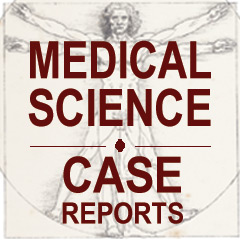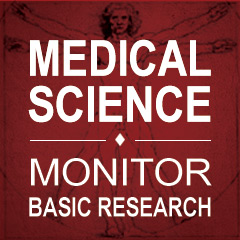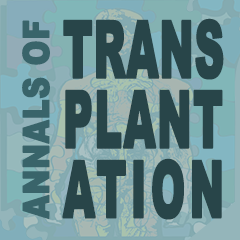Get your full text copy in PDF
Michael Cruz Caliz, Abiezer Rodriguez Centeno, Melisa Beyley, Kyrmarie Davila, Carlyn Rodriguez Nazario, Noel Vargas Perez, Joel Nievez Sharon, Monica Santiago Casiano, Angel O. Claudio, Hiram Maldonado Quintana, Cosme Gonzalez Villaman
Med Sci Case Rep 2014; 1:15-20
DOI: 10.12659/MSCR.892143
Background:
Moyamoya disease (MMD) is a rare cerebral vasculopathy characterized by progressive bilateral stenosis of the internal carotid arteries and their major branches. Over time collateral network of capillaries develop, giving raise to a characteristic ‘’puff of smoke’’ pattern on angiography. The cause remains undefined; however associations with sickle cell anemia, infectious process and autoimmune disorders have been described. While conventional angiography is the gold standard for the diagnosis, surgical revascularization is gaining acceptance as primary treatment based on good safety profile, symptomatic benefit and higher probability of surveillance.
Case Report:
Forty-six years old Puerto Rican female with past medical history of hypertension, diabetes mellitus type II, and twice stroke presented with right leg numbness and headache of one day of evolution. Head computed tomography (CT) revealed two focal left frontal periventricular and subcortical white matter hypo-attenuated lesions. Magnetic resonance imaging (MRI) of the head showed an acute ischemic infarct in the territory of the left middle cerebral artery (MCA). Digital subtraction angiography (DSA) demonstrated a right MCA occlusion with leptomeningeal filling by the anterior cerebral artery (ACA), and severe stenoses of the left supraclinoid carotid, M1, and A1 segments suggestive of MMD.
Conclusions:
Recurrent ischemic strokes in a young patient should warn the physician of an uncommon etiology. Prognosis of untreated MMD is very poor, with major deficit and mortality occurring in 70% of patients within five years of diagnosis. It is important to establish a correct diagnosis and provide appropriate treatment to reduce the morbidity and mortality associated with MMD.
Keywords: carotid stenosis, moyamoya disease, Stroke





